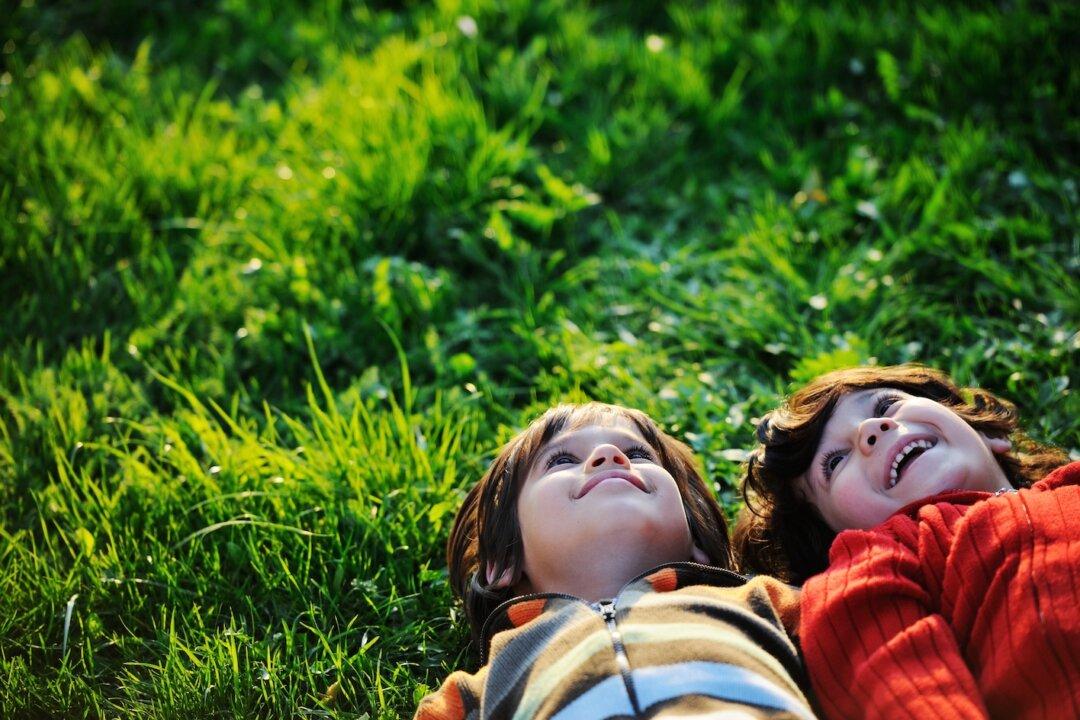Alexx Seipp’s two children exhibited constant boredom, fighting over toys and acting aggressively—until the family moved playtime outside.
Seipp has fostered 15 children in the past five years, so discovering a way to help her children was important. Seipp participated in the “1000 Hours Outside” challenge and extended outdoor play to three to four consecutive hours with her adopted children. She watched as it melted their incessant need for attention and inability to play independently, both effects of early trauma.






